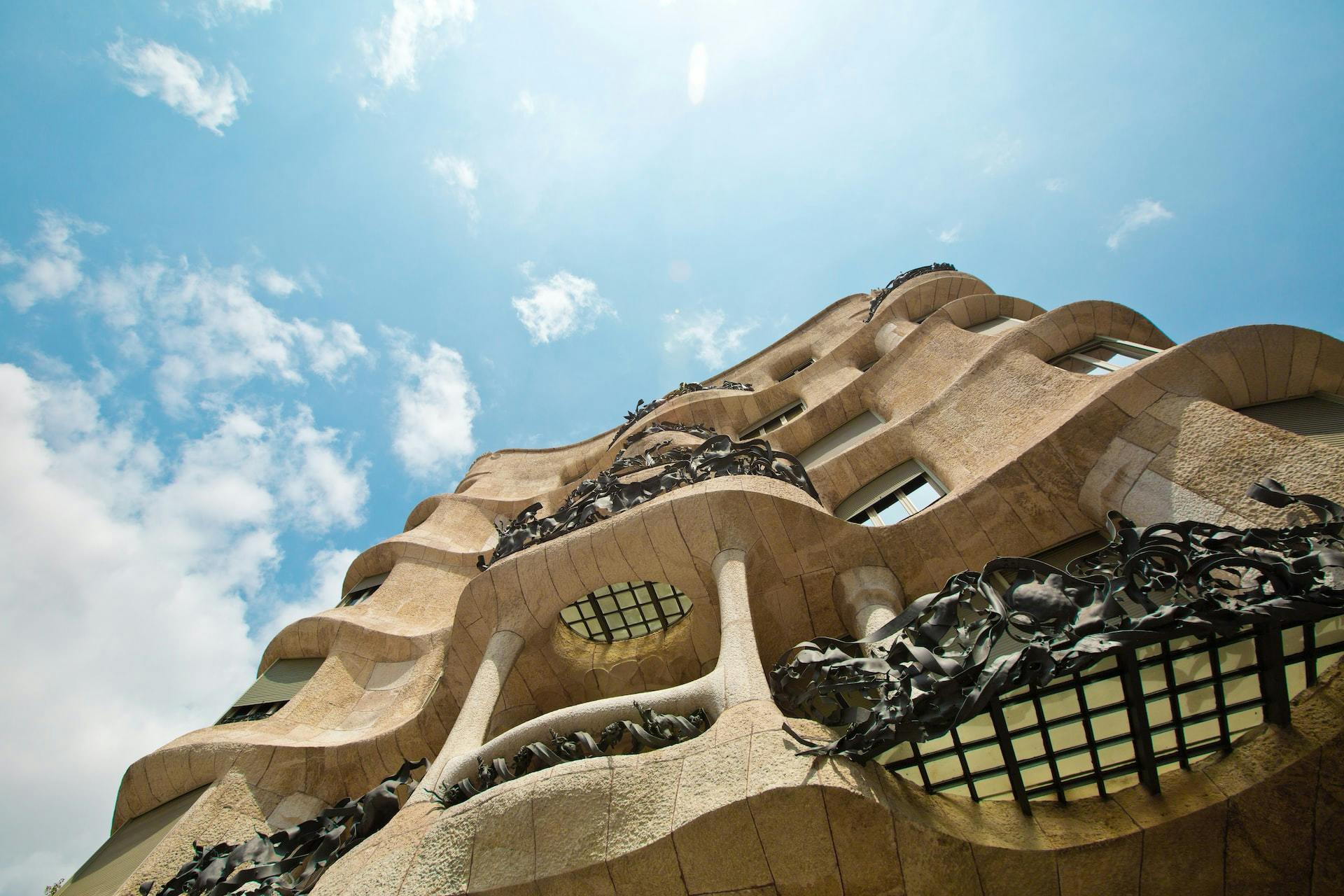In the 15th century CE, the city entered a period of decadence that continued over the following centuries due to the trade exclusion from newly discovered America. Then, in 1717 CE, following its defeat against the forces of the first of the Bourbons of Spain, King Philip V, Catalonia lost its political independence.
Industrialisation in the 19th century continued throughout the 20th century, revitalising the economy, and the city once again became a substantial commercial, political and cultural centre. Witnesses to this are the two Universal Expositions organised in 1888 and 1929.
In the second half of the 19th century, the project to demolish the ancient medieval walls made way for the “Estension”, meaning “extension” (“Eixample” in Catalan), which enlarged the city’s boundaries to encompass the villages in the nearby suburbs.
During the Civil War, Barcelona sided with the Republic. More specifically, the city’s strong and entrenched anarchist movement gave impetus to massive collectivisations and widespread experiences of self-management in industry and public services. During the WWII that followed, the city was bombed on several occasions, mainly by the Italian Legionary Air Force and the Nazi Condor Legion in the service of General Franco. There were 385 bombings, which caused 2,750 deaths. The city was occupied on 26 January 1939 by the Francoist Army. The regime abolished the autonomous political institutions and banned the use of the Catalan language. During the 36 years of the dictatorship, Barcelona experienced a period of social and cultural transformation. Heavy immigration (essentially from southern Spain) injected large numbers of Spanish-speaking inhabitants into the city’s substratum, reducing the impact of Catalan.
After the war, Barcelona began a new cultural and urban development that transformed it into the modern metropolis of the present.
